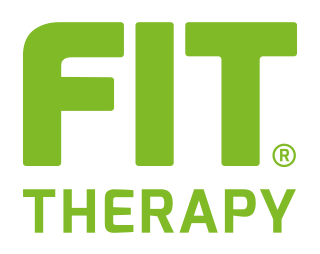- Home
- Distortion
Distortion

Distortion
di FIT Therapy Technology Academy
What is distortion?
A sprain is an acute or traumatic injury involving the ligaments that connect bones together in a joint. These ligaments are strong connective tissues that provide stability to the joint and limit its movement in specific ways.
Causes of distortion
Sprains commonly occur as a result of an abrupt movement or trauma that causes excessive tension or tearing in the ligaments. The joints most susceptible to sprains are usually those with a wide range of motion, such as the knee, ankle and wrist.
Symptoms
The most common symptoms of a sprain are:
- Pain: Pain is one of the most obvious symptoms of a sprain. The degree of pain can vary from mild to severe, depending on the severity of the injury.
- Swelling: A sprain often causes swelling in the affected area due to fluid accumulation and inflammation in the surrounding tissues.
- Ecchymosis: The affected area may become bruised or show signs of ecchymosis (bleeding under the skin) due to the accumulation of blood from damaged blood vessels.
- Difficulty of movement: A sprain can temporarily restrict the movement of the joint, making its normal function difficult or painful.
FIT Therapy Technology and treatment protocols.
The treatment of a sprain depends on the severity of the injury. There are three degrees of distortion, and treatment may vary depending on which degree is involved. Here are some general guidelines for treating a sprain:
1. First degree (mild) sprain:
- Rest: Reduce use of the affected joint to allow healing. Avoid overloading the area.
- Application of ice: Apply ice to the affected area for 15-20 minutes, several times a day, to reduce inflammation.
- Compression: Use compression bandages or elastic bands to control swelling and provide support.
- Elevation: Raise the affected limb, if possible, to reduce swelling.
- Physiotherapy: A physiotherapist can recommend strengthening and stretching exercises to aid recovery and prevent future problems.
2. Second degree (moderate) sprain:
- Treatments for a second-degree sprain are similar to those for a first-degree sprain, but a longer rest period and more attention to physical therapy may be required.
- The use of a brace or joint support may be recommended to stabilise the area during recovery.
- Physiotherapy treatment will be more specific and targeted, with customised exercises to improve strength and flexibility.
3. Third degree sprain (severe):
- Third degree sprains often require surgery.
- After surgery, a rehabilitation period will follow, in which a physiotherapist will guide the patient through strengthening and stretching exercises to regain strength and mobility of the joint.
Regardless of the degree of distortion, it is important to seek medical advice for an accurate assessment. Early and appropriate management of sprains is essential to prevent complications and promote a speedy recovery. Customised treatment can vary depending on the location of the sprain (e.g. ankle, knee, wrist, etc.) and the patient’s individual needs.
FIT Therapy Patch Treatment Method
The FIT Therapy Patch can be used to treat painful sprain-related events.
It proves to be a valid natural alternative to the use of medication or devices that release heat.
Instructions for proper application (also watch the video tutorial):
- Remove the patch from the base.
- Apply the patch to dry, clean, and hair-free skin.
- Wait about two minutes for better adhesion of the patch to the skin.
- Keep the patch applied for 5 days.
- Continue the therapy until an improvement in symptoms is observed.
The patch retains its function even when wet (e.g., during a shower).










